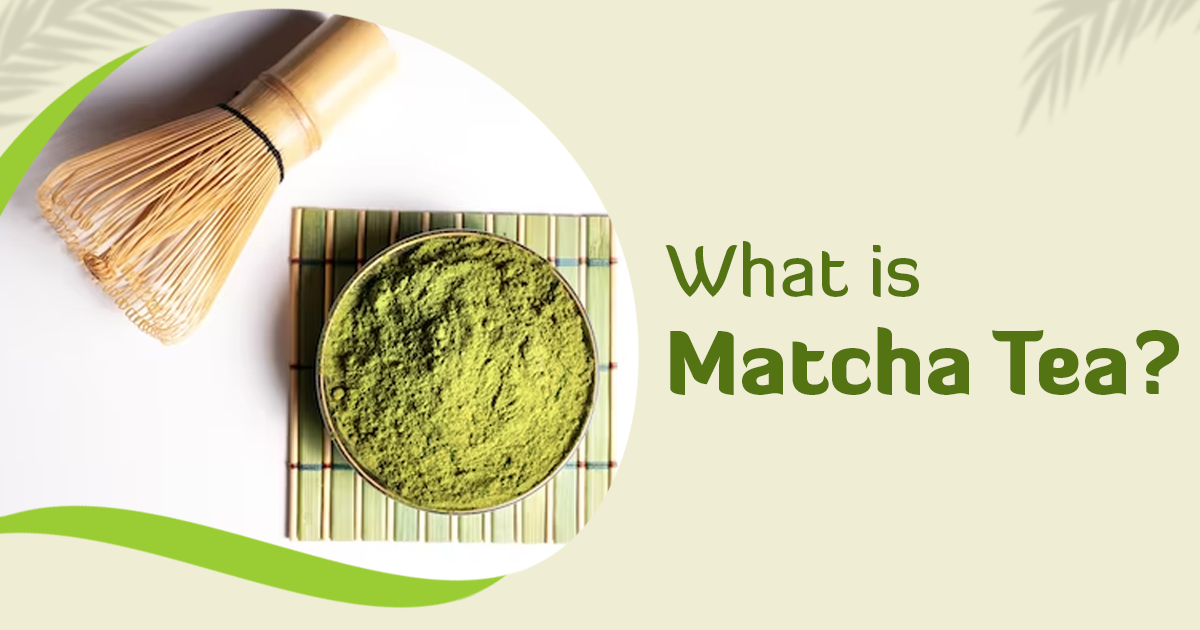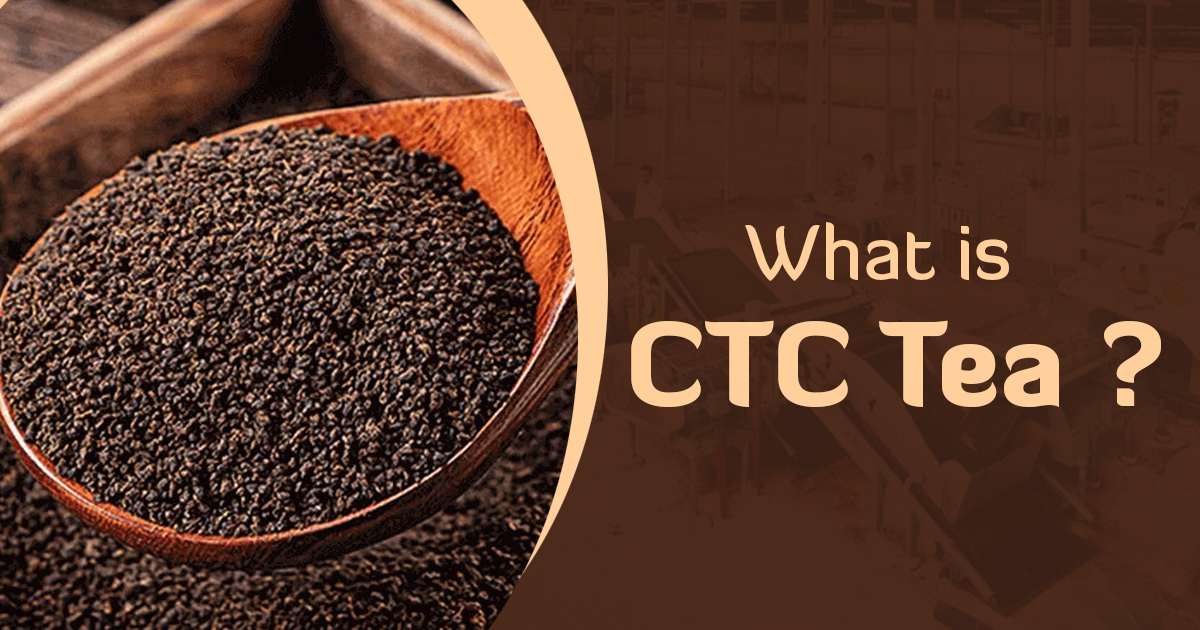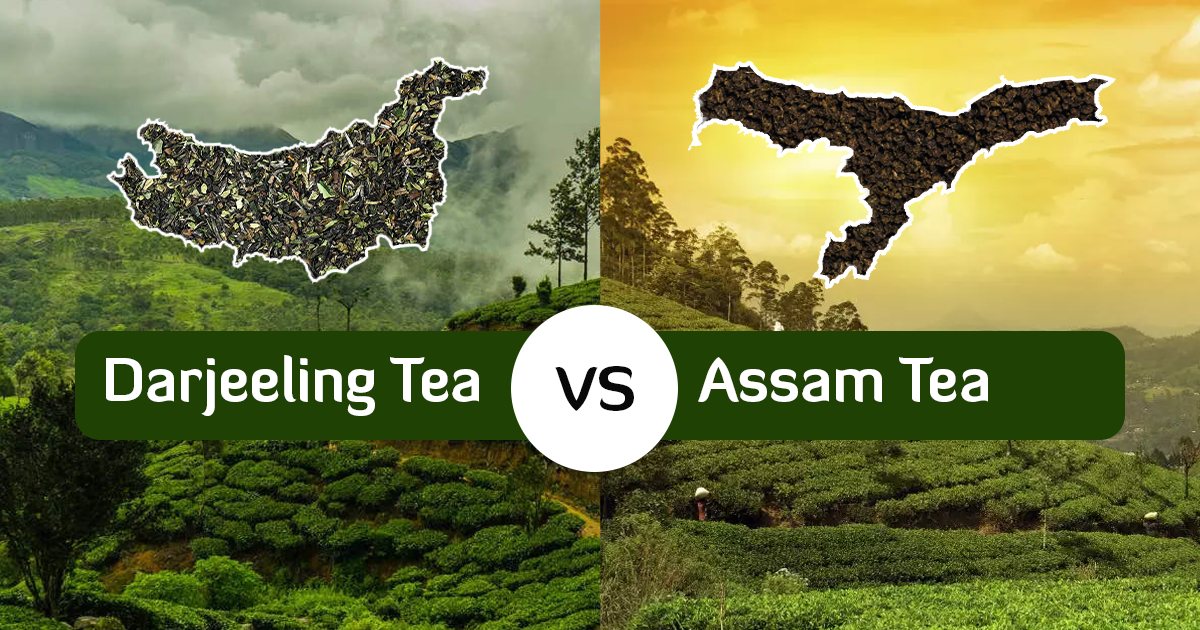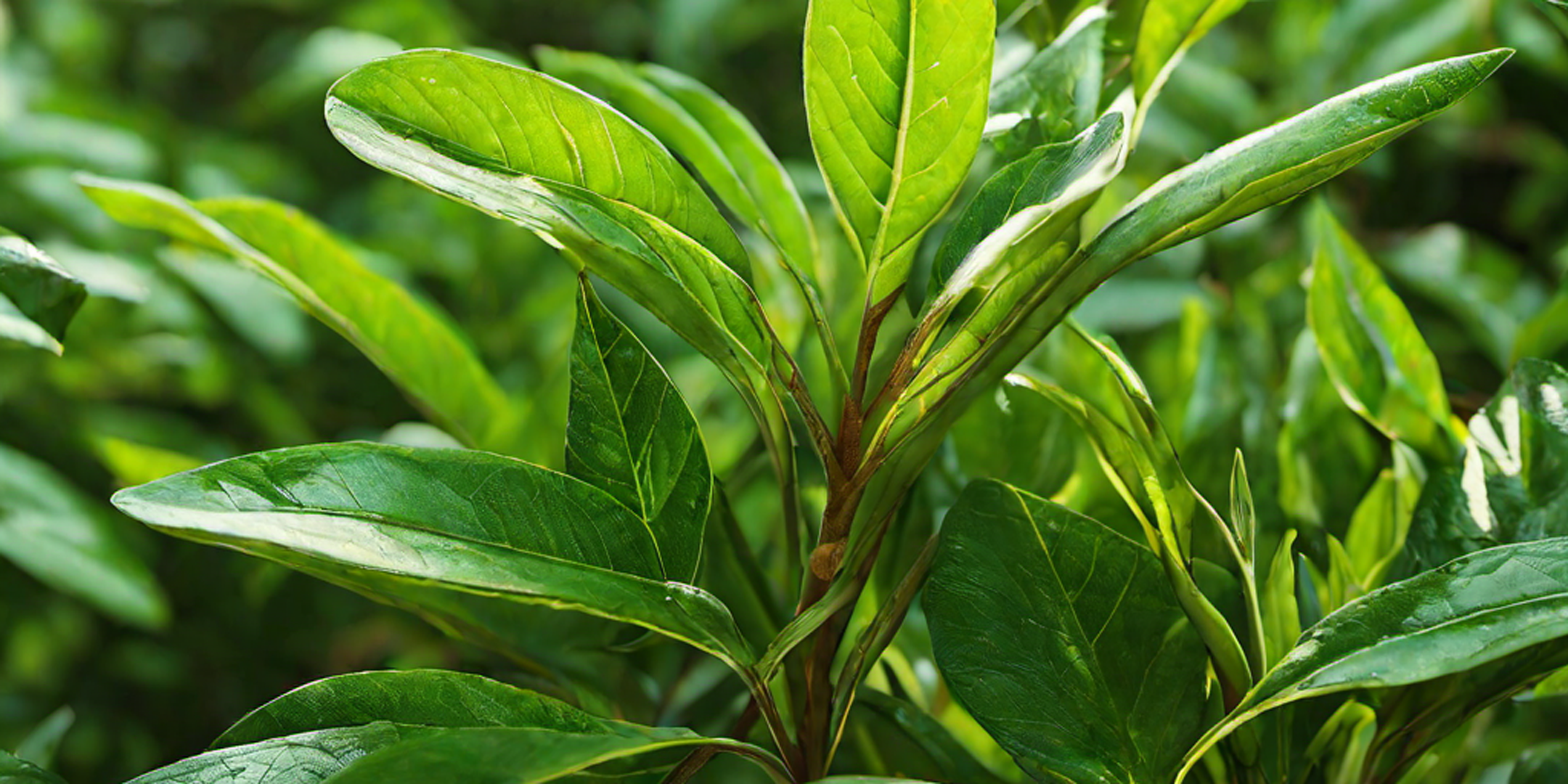Introduction
Matcha tea, a finely ground powdered green tea, has gained immense popularity in recent years. This vibrant green elixir is not only visually appealing but also packed with unique health benefits. But what exactly is matcha tea? In this comprehensive guide, we will uncover the mysteries surrounding matcha tea and explore its origins, production process, health benefits, and more.
Origins and History of Matcha Tea
Matcha tea boasts a centuries-old history, steeped in richness and tradition. Its origins can be traced back to China, where tea leaves were ground into powder and consumed in the Tang dynasty. However, it was during the Song dynasty that the method of preparing powdered tea gained popularity. The practice of preparing powdered tea was further refined and elevated to an art form by Chan Buddhists in China.
In the 12th century, a Zen Buddhist monk named Eisai introduced powdered tea to Japan. Matcha became an integral part of Zen monasteries and was highly appreciated by the upper echelons of Japanese society. The Japanese tea ceremony, known as chanoyu, centered around the preparation and consumption of matcha as a hot tea, embodying a meditative spirituality.
The Production Process of Matcha Tea
The production of matcha tea is a meticulous process that involves several steps to ensure its unique flavor and vibrant green color. It all begins with shade-grown tea plants, primarily Camellia sinensis, which are protected from direct sunlight for several weeks before harvest. This shading process stimulates an increase in chlorophyll levels, amino acids, and caffeine in the leaves.
After the shading period, the leaves are carefully hand-picked, with only the youngest and most tender leaves selected for matcha production. The leaves are steamed to stop them from oxidation and to keep them bright green. The steamed leaves are dried and deveined, resulting in a leaf called tencha. Finally, the tencha leaves are stone-ground into a fine powder, creating the beloved matcha tea.
The Unique Characteristics of Matcha Tea
Compared to other forms of green tea, matcha has distinct characteristics that set it apart. One of the key differences is the consumption method. While traditional green tea involves steeping the leaves and discarding them, matcha is consumed by whisking the powdered tea directly into hot water or milk. This allows for the consumption of the entire tea leaf, resulting in a more concentrated flavor and a higher intake of antioxidants.
Matcha tea also stands out for its vibrant green color, which is a result of the shade-grown cultivation process. The shading increases the chlorophyll production in the leaves, giving matcha its signature hue. Additionally, matcha has a unique umami flavor, often described as sweet, vegetal, and slightly bitter. Its complex flavor profile adds to the allure and enjoyment of drinking matcha tea.
Health Benefits of Matcha Tea
Matcha tea is not only a delightful beverage but also a powerhouse of health benefits. As a concentrated form of green tea, matcha is packed with antioxidants called catechins, which have been shown to have various health-promoting effects. These antioxidants help protect against free radicals, reducing the risk of chronic diseases such as heart disease and certain types of cancer.
Additionally, matcha contains theanine, an amino acid that promotes relaxation and mental clarity. The combination of theanine and caffeine in matcha provides a balanced energy boost without the jitters or crashes often associated with coffee. Matcha also supports healthy weight loss, as it can boost metabolism and aid in fat burning.
Types of Matcha Tea
Matcha tea comes in different grades, each offering a unique flavor profile and intended use. The two main categories of matcha tea are ceremonial grade and culinary grade.
Ceremonial grade matcha is the highest quality and is primarily used for traditional tea ceremonies. It is made from the youngest and most tender leaves, resulting in a delicate and smooth flavor. Ceremonial-grade matcha is meant to be enjoyed on its own, without any sweeteners or additives, to fully appreciate its nuanced taste.
Culinary-grade matcha, on the other hand, is more robust in flavor and is commonly used in cooking and baking. It can be added to smoothies, lattes, desserts, and other culinary creations, where its bold flavor can shine through. Culinary-grade matcha is also more affordable, making it a popular choice for those looking to incorporate matcha into their everyday recipes.
How to Prepare Matcha Tea
Preparing matcha tea is an art in itself, and it requires specific tools and techniques to achieve the perfect cup. Here is a step-by-step guide to preparing matcha tea:
Gather your matcha tools: a matcha bowl (chawan), a bamboo whisk (chasen), a bamboo scoop (chashaku), and a sieve.
Gently sieve the matcha powder into the bowl to ensure a smooth texture without any lumps.
Heat water to about 175°F (80°C), below boiling point.
Pour a small amount of hot water into the bowl and whisk the matcha vigorously in a zigzag motion until it becomes frothy.
Gradually add the remaining hot water while continuing to whisk until the matcha is fully dissolved and a thick layer of foam forms on top.
Enjoy your freshly prepared matcha tea straight from the bowl.
Matcha Tea Variations and Recipes
While matcha tea is delightful on its own, it can also be incorporated into various recipes to add a unique flavor and vibrant color. Here are some popular matcha tea variations and recipes to try:
Matcha Latte: Whisk matcha powder with steamed milk and sweeten to taste for a creamy and comforting beverage.
Matcha Smoothie: Blend matcha powder with your favorite fruits, yogurt, and a liquid of your choice for a nutritious and energizing smoothie.
Matcha Ice Cream: Mix matcha powder with cream, sweetened condensed milk, and vanilla extract, then freeze to create a delicious homemade matcha ice cream.
Matcha Baked Goods: Add matcha powder to your favorite baked goods such as cookies, cakes, and muffins for a unique twist and a vibrant green color.
Where to Buy Matcha Tea
When purchasing matcha tea, it is essential to choose a reputable source to ensure quality and authenticity. Look for matcha that is sourced from Japan, as it is known for producing the highest quality matcha. Check for certifications and reviews to ensure you are getting the best matcha tea available.
Conclusion
In conclusion, matcha tea is a unique and flavorful beverage that offers numerous health benefits. From its origins in China to its elevated status in Japanese tea ceremonies, matcha has a rich history and cultural significance. Whether enjoyed in its traditional form or incorporated into various recipes, matcha tea is sure to provide a delightful and invigorating experience. So go ahead, savor the vibrant green goodness of matcha, and reap the rewards of this extraordinary tea.




